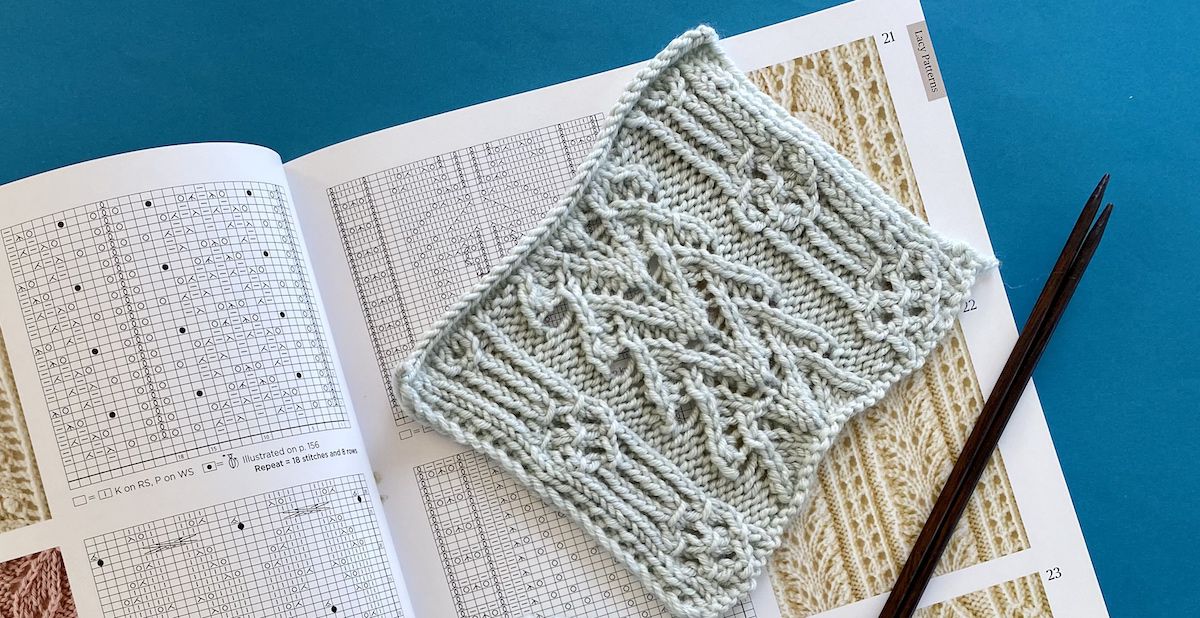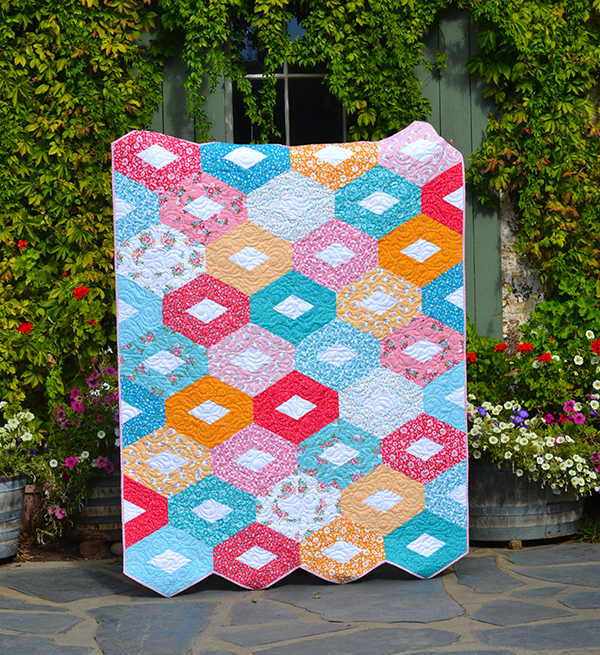
When learning how to knit a sweater, there are many things to consider. The knitter needs to consider the positive ease, which is the amount of fabric that is larger than the body's measurements. A positive ease garment will fit the wearer well. It should also be comfortable to wear. There are several different types of knit, including cable knit, open lacy, and denser knit.
Ribbed hem
While ribbed hems look great, there are some important things you should keep in mind when knitting one. For a sweater knit in the round, stop working on your front sts once you reach the desired splitting point. That way, the hem will be as long as possible. Stockinette: To avoid curving your hem, knit it flat.
The main problem with a knitted sweater's hem is that it tends to curl up. There are a few solutions to this problem. A provisional cast-on is an easier option than a traditional one.

Open lacy knit
If you're looking for a stylish, affordable sweater, look no further than the Open Lacy Knit Sweater. This comfortable, lightweight knit will keep you warm in even the coldest winter months. This sweater can be worn by both men and women. You can choose from many colors, including black, red, white, and white.
Cable knit
Cable knit sweaters have a long history and are a classic style that never goes out of style. The cable knit sweater was popularized by 19th-century Celtic fishing communities and has been featured on countless designs made from different materials. Many modern brands have made the cabled pattern their own to make it timeless.
There are many options for knitting cables. Each method has their advantages and disadvantages. Cable knitting creates a dense, more rigid fabric with a narrow gauge. Gauge is an important consideration when converting a pattern from cable knitting to another knitted product. The second knitted fabric will flare out if the gauge is too large. Also, a cabled sweater may not contract around the waist and wrists, so the stitching pattern may need to be adjusted to maintain the gauge.
Striped knit
Striped knits have been a wardrobe staple for decades. Choose a stylish sweater that is striped to make a style statement. Although stripes are a classic pattern for winter garments you can make your own by using different types and colors of yarn. For example, two colors can be used for the striped band while two for the main body.

This sweater's stripe design makes it easy to knit and warm. This sweater is appropriate for intermediate knitters. The pattern includes knit, purl K2tog and M1 stitches. Additionally, you will learn how decrease works. The sweater pattern can be read easily and understood.
FAQ
What is a hobby that kids can do?
Anything kids like to do that is not part of their daily routine is a hobby. You might find them interested in drawing, building things, painting, writing stories, playing with toys, listening to music, reading books, watching TV, and playing computer games. They may also like to play soccer, football, basketball, cricket, rugby, baseball, and hockey.
Many parents are concerned that their children may get into trouble if allowed to do as they please. However, this is not always true. Your child will not get into trouble if he or she is safe and doesn’t cause any harm to other people or themselves.
It is important to keep in mind that just because someone likes something, doesn't mean they will choose it every time. If they don't like writing but love drawing, they might choose to draw images instead.
There are many different hobbies, so it is up to you which one you love the most.
What are some good hobbies for seniors to do?
Senior citizens should enjoy engaging in fun activities. Senior citizens should keep active through participation in physical and sports activities.
They may wish to join clubs, where they can find others who have similar interests. This will make them less lonely as they age.
Seniors must also be on the cutting edge of new trends. They could be interested in fashion, art, music and literature.
What is observation hobby?
Observation hobbies can be activities that you watch people do. This could be watching sports, reading books or going on holiday. It could also include observing others.
Observation hobbies are great because they help you learn how to think creatively. This knowledge can be used later to help you with projects that you are working on for others or yourself.
You will discover that learning is easier when you are interested.
You might watch or read about football to learn more. To learn more about photography, it is possible to visit and take photos.
You could also buy a guitar or play along online to music if you are a musician.
You can cook your own meals, or you could go to a restaurant.
If gardening is your passion, you can grow vegetables and flowers.
You can take a dance class, or just go out with your friends if dancing interests you.
If you like painting, you could paint pictures.
You could also write poems or stories if you enjoy writing.
You might enjoy drawing pictures, if you are a good artist.
If you love animals, you could look after pets or work at a zoo.
If science interests you, you can study biology, chemistry or physics.
History is something you might enjoy if you read books, watch movies, or listen to podcasts.
If you enjoy travelling, you might consider exploring your local area or traveling abroad.
What are the competitive hobbies?
Running, swimming, cycling and tennis are all competitive sports.
They're a great way to get social interaction and are enjoyed by those who love physical activity.
You will probably find people around you who have the same hobby as you, if you are into physical activity.
This may mean joining a club or group where you meet regularly to play sports together.
You can also participate in team games where you play alongside others.
These include netball (soccer), football (cricket), netball (basketball), hockey, baseball, volleyball and badminton.
There are many types competition.
Some competitions may be held for pure recreational purposes.
Others are meant to test competitors' skills.
Some are even designed to reward outstanding performance.
In these cases, the winners receive prizes.
Other competitions are meant to test competitors' strength and stamina.
These are called endurance events.
For example, marathon races, triathlons, Ironman Triathlon, etc.
Before participating in these events, athletes often train hard.
They will be required to follow a rigorous training program in order to prepare mentally and physically.
They may need to spend some time out of their home for preparation.
It is important that you remember that not every athlete can compete in every type or event.
Statistics
- Almost 80% of people claim to have no hobby. (hobbylark.com)
- I am 100% biologically a woman (discover.hubpages.com)
- In comparison, men in the “no humor” condition were refused 84.6% of the time and were only accepted 15.4% of the time. (time.com)
- Studies show that just six minutes of reading can reduce stress levels by 60 percent. (oberlo.com)
- The Role of the Mind in Sex, Dating, and Love: Men in the “humor” condition received phone numbers from 42.9% of the female participants and were refused 57.1% of the time. (time.com)
External Links
How To
How to get started gardening
Gardening has been around since the dawn of agriculture. You need patience, perseverance, and determination. You must choose a suitable location to start your garden. This could be a large plot of land or even just a small area in your backyard. Next, pick the type of plants that you would like. Do you prefer flowers or vegetables? Some people like to grow herbs and others enjoy raising livestock, such as rabbits. You should consider how much space you have available before deciding what types of crops you plan to plant. If you live somewhere that has cold winters, it might be a good idea to grow berries or fruits.
After choosing what you want to plant you need to prepare your soil. Your plants' success or failure will depend on the soil they are placed in. High quality soil is rich in organic matter, which feeds your plants' roots. Organic matter can include leaves, twigs and grass clippings as well as manure and compost. Once you have prepared your soil, you need to add nutrients. You will need different amounts of nutrients depending on which type of plants are being grown. An online fertilizer calculator can help you calculate these values. There are many fertilizers on the market, so ensure you understand what you are buying.
After preparing your soil and adding the proper nutrients, you now need to wait until your seeds germinate. The process typically takes 2 to 3 weeks depending on the weather conditions and temperature in your area. After your seeds sprout, it is important to water them frequently. You can endanger your plants if you water them too often or too little. Ensure you give your plants enough water at regular intervals and avoid overwatering. Overwatering can result in root rot, fungal diseases, and even death. Consider that plants generally need less water in the warmer months than they do in winter. Remember that some plants require drying out after being watered. Tomatoes for instance need to remain slightly moist, but not wet. They are not happy to be in soggy soil. After plants finish flowering, they need to go dormant. Dormancy is when plants stop producing new growth and begin storing energy for the next season's harvest. Dormancy occurs when the plant stops sending signals that tell its roots to produce food. Throughout this time, plants can store energy. If temperatures fall below freezing or the plants are not getting enough sunlight, they will die.
Urban environments may limit the variety of plants you can grow. Concrete sidewalks and roads, as well as parking lots, are common in urban areas. This blocks sunlight from reaching the ground. Concrete absorbs sunlight and blocks the soil below from receiving adequate sun exposure. Many plants are unable to survive in urban areas due to the lack of sunlight. There are still plants that thrive in urban environments. Many trees, shrubs, perennials, and other plants can adapt to urban life. Many annuals can also grow indoors in pots. You can grow fresh greenery year-round in containers.
You're now ready to plant after you have chosen where and what to grow in your garden.